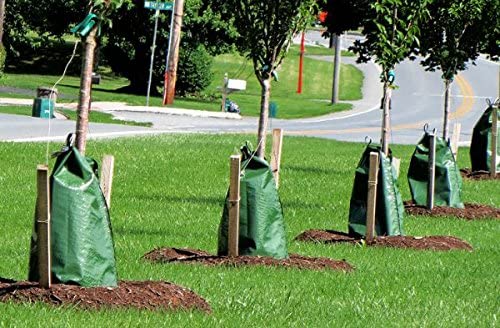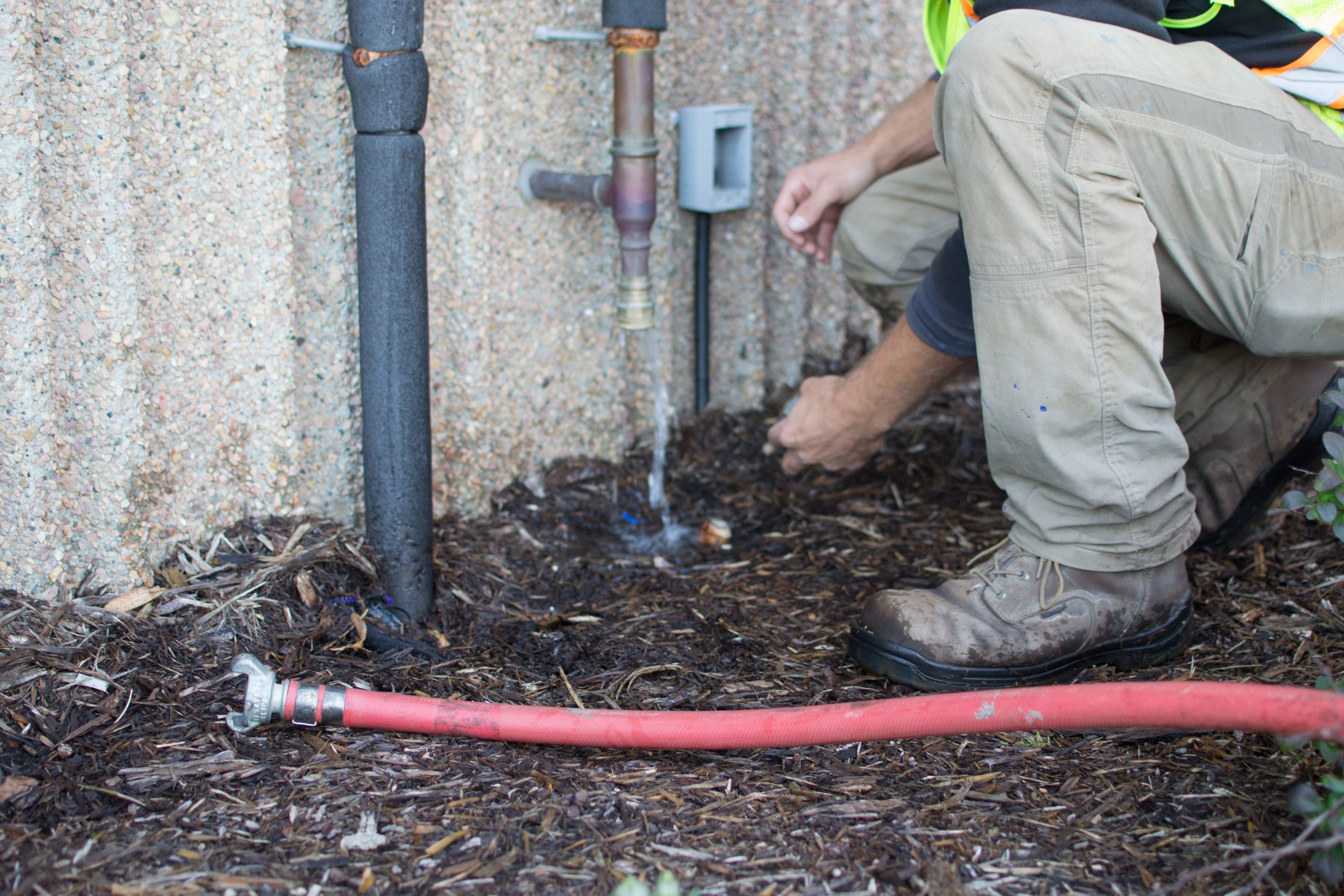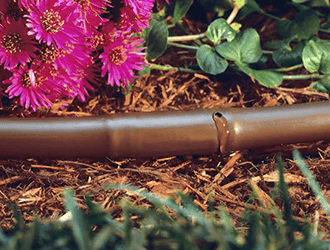A residential landscape company just upgraded your backyard and filled it with plants. It looks fantastic, but you don’t exactly describe yourself as a ‘green thumb’. How do you make sure the plants make it through the year and look just as good when next season comes around? It can be a challenge knowing how much water the plants need and how often you should be watering. Even though most landscape companies have a 1-year warranty on plants purchased, the hardest time to keep a plant alive is in that first year. Follow this residential irrigation schedule for new plants and you won’t have to worry if they are getting enough water.
First Day of Planting:
Make sure to water each plant thoroughly after it’s been planted. Transporting a plant from its cozy pot and into the ground can cause lots of stress on the plant. Moist and fluffy soil will help to ease the transition of being planted. Before placing the plant's root ball into the hole, try filling the hole with water about halfway. This will ensure the soil is thoroughly moistened instead of guessing how long you need to run a hose so the water can soak in.
First Week:
Water daily for the first week or two. The duration of watering depends on the watering technique however. You will want to keep the soil moist around the plant and this can be checked by simply digging down a few inches and feeling the dirt with your hand. Many plants will look bad for a few days after being planted because of the abrupt transition. This is normal. Don’t overreact by over watering or adding fertilizer. Just stick to the daily watering and let the plant rebound while it adjusts to the new environment.
First Month:
At this point, the roots have adjusted to the new surroundings and they begin to establish themselves. The frequency of watering can be cut back, but it’s crucial to provide a good supply of water until the roots have expanded further. A good soaking 2-3 times a week should be sufficient unless the weather is extra hot and dry.
First Season:
After the first month or two, watering can be cut down to 1-2 times per week. Giving time between watering will promote roots to grow deeper. This is where the installation of an irrigation system serves many benefits to an extensive landscape, including zone and spray head customization, and timing and quantity of water output. If a portion of the yard requires extra water, it can all be adjusted on the control box without even picking up a hose.
For trees, try using a Treegator Bag for during the first season or two. These are bags filled with water that wrap around the base of a tree. The water slowly drips out for a consistent soaking without the homeowner having to do much work. They can last 5-7 days before a refill is needed.

Purchase Treegator on Amazon
As plants continue to grow and establish, their roots expand and grow deeper. Eventually plants can withstand much longer periods of time without water. The roots have been trained to reach deep into the soil and survive off of moisture deep in the ground. If your plants are still struggling, there may be a larger issue. It’s possible the location or soil condition isn’t well suited for the plants. Use a professional landscape company to determine what the cause is to find a solution.


